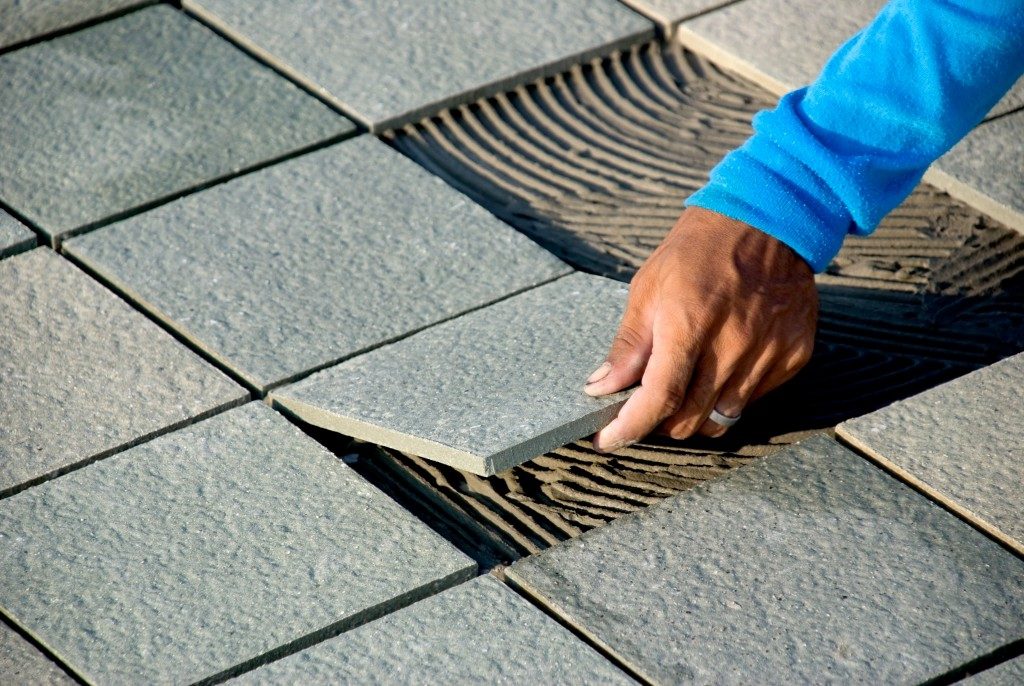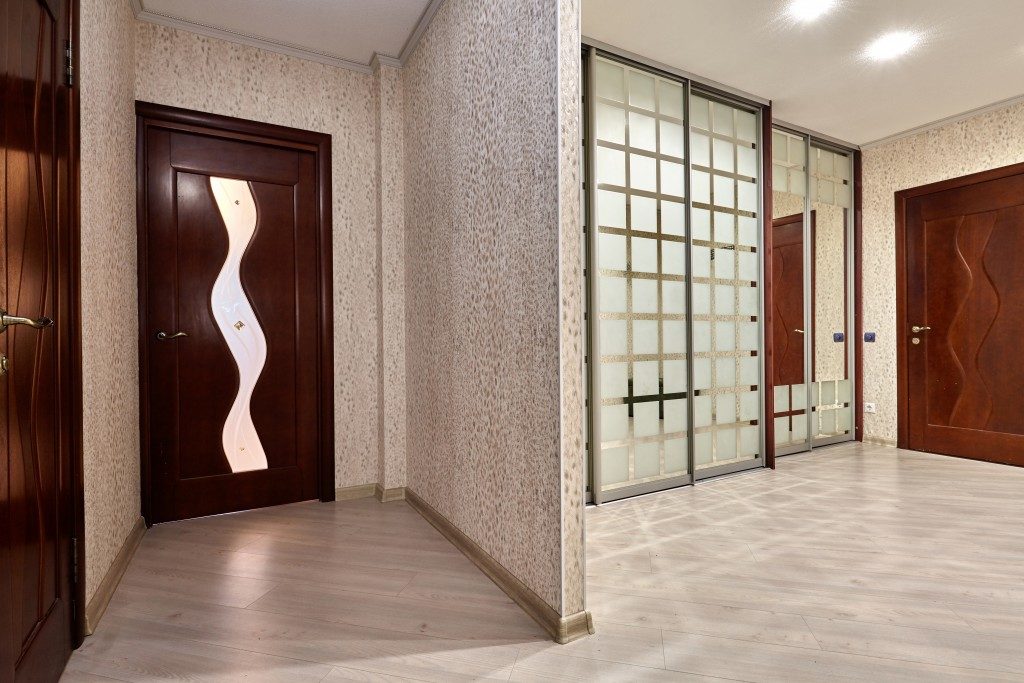Your choice of floors will depend on the part of the house that you are going to install the floors in. Bathrooms, obviously, will require ceramic tiles since they are more water resistant. Bedrooms, living rooms, and kitchens will more likely go the route of vinyl tiles because of the many advantages that vinyl tiles present for the homeowner.
Don’t get us wrong, vinyl tiles and ceramic tiles share many similar qualities (being water resistant is a common denominator) that other materials such as wood and laminate lack. But your use of ceramic or vinyl flooring in a Utah house all depends on the context: how many days are you willing to wait for the tiles to dry out and be ready for use? How much money do you have to remodel your kitchen floors?
Ease of installation
Quite obviously, vinyl planks are easier to install than ceramic tiles, which require mortar and grout. So far, no one has invented yet a self-stick, mortar-less mat for ceramic tiles. Vinyl tiles, on the other hand, can be dry-installed and it is also easier to cut and shape vinyl tiles since all you need is a utility knife. Cutting ceramic tiles will require wet tile saws if you want a clean cut.
Appearance
Ceramic tiles are aesthetically more beautiful compared to vinyl tiles but there are unattractive ceramic tiles, too. When compared with high-end and luxurious vinyl tiles, cheap ceramic tiles are just that—cheap and dull-looking. While there are many artisan tilemakers out there, some artists have also focused on “printing” unique designs on vinyl tiles.
Shipping and transport
By weight alone, vinyl tiles are one-third lighter than ceramic tiles. This means they are also easier and cheaper to transport. A case of ceramic tile that covers about 15 square feet of flooring will weigh approximately 45 pounds. A box of vinyl tiles covering the same area will only weight about 13 pounds. Both of these tiles will fit perfectly in SUVs and car compartments. A pickup truck is not even required. However, due to the additional layers of thinset, cement board, and grout needed for the ceramic tiles, they tend to be heavier to haul.
Speed of installation

Installing vinyl flooring in a 120-square-foot room will only require about three hours. Vinyl tiles require no mixing, no water, no clean-up afterward, no cutting with a specialized saw, and no grout. You can simply put the adhesive on the underside of the vinyl tile and then place it on top of the cement flooring. Cement tiles, on the other hand, will require a day or two to finish the same area. Ceramic and porcelain tiles will need to cure at least a day before they can be used. Vinyl tiles can be used after a few minutes to allow the adhesive to solidify.
Vinyl tiles are incredibly resistant to water and they are also more affordable because of the material used to produce them. Some ceramic tiles are also affordable, but those are cheap iterations. If you want the good ceramic tiles, you will need to shell out more than you would on vinyl tiles.
